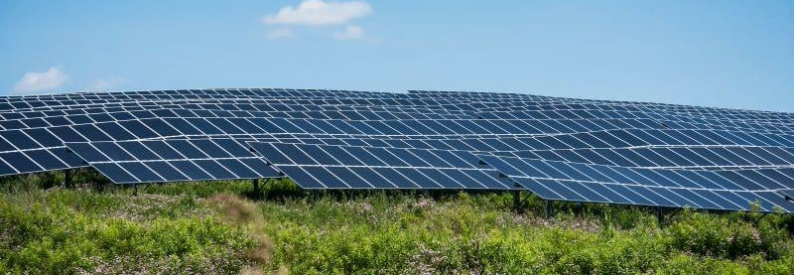Pittsburgh International Airport to Double Solar Output with 12-Acre Expansion

Pittsburgh International Airport will more than double its on-site solar energy capacity by expanding its existing array with an additional 12 acres of photovoltaic panels. The original 3-megawatt installation, completed in 2021, comprises nearly 10,000 solar panels across eight acres and powers all airport facilities through a dedicated microgrid, keeping the regional electric grid on standby as a backup. In a statement released on April 29, 2025, the airport announced plans to install 11,216 new panels on a closed landfill within its 8,800-acre property. When the expansion is commissioned in 2027, the total solar output will grow by 4.7 megawatts to reach roughly 7.7 megawatts of clean energy.
“This expansion of the existing 8-acre solar array with an additional 12 acres will enable the generation of an additional 4.7 megawatts of clean energy,” said Christina Cassotis, PIT’s CEO. Unlike the current microgrid setup, the new panels will feed directly into the regional grid, supplying renewable power to Duquesne Light Company under a purchase agreement. IMG Energy will own and operate the expanded field and has committed to delivering 100 percent of the generated electricity to the utility.
Since activating its solar microgrid, PIT has saved more than $1 million annually on electricity costs, reflecting both economic and environmental benefits. By leveraging underused landfill space, the airport maximizes its land assets while contributing to Pennsylvania’s renewable energy goals. The landfill-mounted panels illustrate how airports can serve as hubs for clean energy generation and strengthen local grid resilience.
In parallel with its solar programme, PIT is advancing plans to construct on-site facilities for producing sustainable aviation fuel (SAF). If realized, this project would make Pittsburgh International the first major U.S. airport to host SAF production, converting local feedstocks into lower-carbon fuel for commercial flights and further reducing the airport’s carbon footprint.
The solar expansion follows targeted infrastructure investments at PIT, including apron upgrades and terminal enhancements designed to improve passenger experience and support future growth. With 24/7 operations and no slot restrictions, the airport has positioned itself as a versatile partner for airlines and energy developers alike. Cassotis emphasised that “we are maximizing the use of airport assets for the betterment of the region,” highlighting the dual value of renewable energy projects for both airport operations and community power needs.
Construction of the expanded solar field is slated to begin in 2025, with full commissioning in 2027. During the build phase, IMG Energy will coordinate closely with airport stakeholders to minimize disruptions and ensure environmental safeguards. Upon completion, the combined 20-acre array will serve as one of the largest airport-based solar installations in the United States.
As airports worldwide seek to decarbonize and secure cleaner energy sources, Pittsburgh International’s approach offers a compelling model. By pairing a self-sufficient microgrid with a larger grid-connected solar field, PIT demonstrates how aviation hubs can contribute to broader sustainability targets. The addition of SAF production capacity would cement the airport’s status as an innovation leader in green aviation.
With its solar output set to nearly triple and sustainable fuel initiatives underway, Pittsburgh International Airport is poised to deliver significant environmental and economic benefits. The expanded solar field will not only power airport operations but also provide clean electricity to the surrounding region, reinforcing PIT’s reputation as a pioneering force in renewable energy and sustainable aviation.
Related News : https://airguide.info/category/air-travel-business/airline-finance/
